India houses a large population of undernourished people suffering from calorie, protein, and micronutrient deficiency. In 2014, 37 per cent of children under 5 were reported to be stunted and 34 per cent were underweight (National Family and Health Survey-4 for 17 major states). More than 60 per cent of children under the age of 5 and 50 per cent of women in the age-group of 15-49 years suffer from anaemia. Protein-energy malnutrition as well as micronutrient deficiencies can be addressed by increasing the consumption of pulses which are a rich source of proteins, minerals, iron and fibre. The UN declared 2016 as the International Year of Pulses to focus attention on the production and consumption of this nutrient-dense crop.
On an average, 100 grams of bengal gram (chana) have around 17 grams of protein, 4.6 milligrams of iron, 186 mg of folic acid, 202 mg of calcium and roughly 360 calories. Red gram and black gram have a higher proportion of protein than bengal gram (24 grams per 100 grams). According to the Indian Council of Medical Research (ICMR), 40 grams of pulses is the recommended daily intake for a balanced diet of an average sedentary man.
On the production front, although India ranks first globally in terms of area and production of pulses, it is not yet self sufficient and remains a net importer of pulses. The major pulse crops in India include bengal gram (chana) or chickpea, red gram (arhar) or pigeon pea, green gram (moong), black gram (urad) and lentils (massar). Mothbean, Lathyrus, horsegram, peas and red kidney beans are the other pulse crops produced and consumed in India. In 2013-14, total area under pulses was 25 million hectares and production was about 19 million tonnes while demand was about 24 million tonnes (Directorate of Economics & Statistics, 2015). After accounting for seed, feed and wastage, the per capita availability of pulses in 2014 was around 38 grams per day which is less than the recommended daily requirement of 40 grams per day. It was only after including imports of 3.5 million tonnes that net availability reached a level of 44 grams, which is above the recommended daily requirement.
On examining data from the consumer expenditure surveys of the National Sample Survey (NSS), we find that the average consumption of pulses increased in rural India between 2004-05 and 2011-12 from 22 gm to 26 gm (Table 1). This is less than 70 per cent of the norm of 40 gm per day. Further there were large differences across expenditure classes. In the lowest decile according to monthly per capita expenditure (MPCE) the deficit in the consumption of pulses per day was 25 gm in 2004-05 which came down to 22 gm in 2011-12. In 2011-12, only persons in and above the eighth decile consumed more than 70 per cent of the Recommended Dietary Allowance for pulses.

Different pulses are consumed in different States. For instance, bengal gram and red gram are the most popular pulses in the northern part of the country while it is black gram in southern India. Some other pulses such as green gram, lentils, horse gram, cow pea and moth gram are richer in their protein and micronutrient content than the more popular varieties. Pulse consumption in a majority of the states has remained below the recommended dietary norm (Table 2).
Between 2004-05 and 2011-12, all states show an improvement in the per capita consumption of pulses. Tamil Nadu, Andhra Pradesh and Haryana show improvements of more than 25 per cent in pulse consumption during this time period. In 2011-12, the states that met 70 per cent of the RDA requirement included Andhra Pradesh, Gujarat, Himachal Pradesh, Karnataka, Maharashtra, Madhya Pradesh, Punjab and Tamil Nadu. Despite improvement in consumption, Haryana still consumes less than 70 per cent of the RDA in 2011-12. In fact, Himachal Pradesh is the only state which has met the daily norm of 40 gm pulses in both 2004-05 and 2011-12. On the other hand, the three states of Jharkhand, Rajasthan and West Bengal did not even meet 50 per cent of the RDA requirement of pulses till 2011-12.
In order for India to meet the 40 grams per day per capita requirement of pulses, attention has to be paid to both production and consumption. To encourage production, an appropriate Minimum Support Prices (MSP) must be announced for all pulse crops in a timely manner. MSP is currently announced for only five pulse crops. Imports of pulses also need to be carefully calibrated. On the consumption side, distributing pulses through the Public Distribution System can improve access to this nutritious food group for lower income households. A few states have started distributing pulses through the Public Distribution System, including Tamil Nadu, Andhra Pradesh, Telangana, Chhattisgarh and Himachal Pradesh. The production, consumption and distribution of less popular but nutritious pulses such as moth bean, horse gram and cow pea should be promoted.
References:
National Sample Survey Office (NSSO) (2013), Household Consumer Expenditure in India, National Sample Survey 68th Round (July 2011-June 2012), National Sample Survey Office, Ministry of Statistics and Programme Implementation.
National Sample Survey Office (NSSO) (2006), Household Consumer Expenditure in India, National Sample Survey 61st Round (July 2004-June 2005), National Sample Survey Office, Ministry of Statistics and Programme Implementation
Indian Council of Medical Reseach (ICMR) (1989) “Nutritive value of Indian Foods” by C. Gopalan, B.V. Rama Sastri and S.C. Balasubramanian
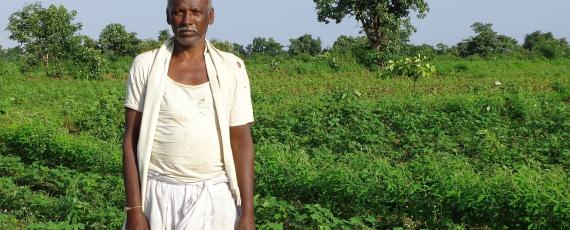


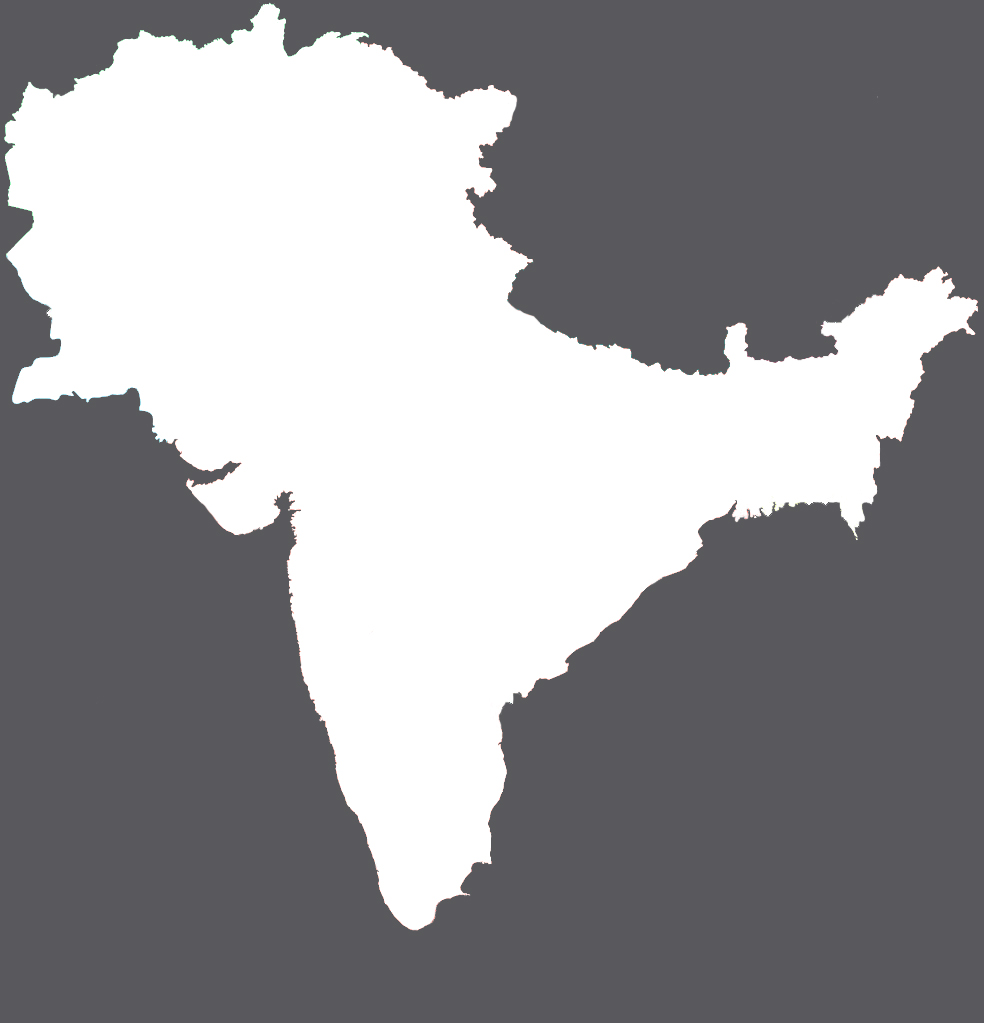
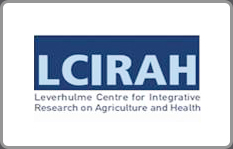
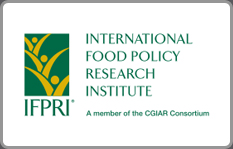
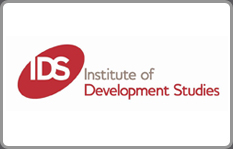


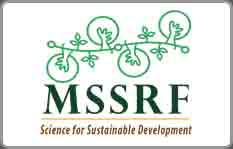
Add new comment